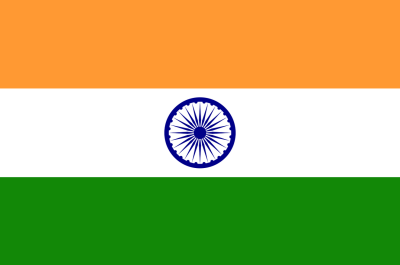This is a guest post by an author working in the financial sector in India.
Consumer Peer to Peer or P2P lending (where consumers lend and borrow from each other with the help of an intermediary) has become an important part of the financial services sector in many countries globally. Companies like Lending Club and Prosper in the US, that only started a few years ago are now worth billions of dollars. Many success stories in the west have been replicated in India, making it a belief amongst many that P2P Lending is no different. However, as proven multiple times before, a credit business isn’t the easiest to clone and depends on multiple factors including the regulatory environment, end-user mindset towards credit and intermediaries such as credit bureaus, verification, collection and recovery agencies.
- P2P Lending is not regulated in India
 The Indian Banking Regulator, The Reserve Bank of India (RBI) has not regulated peer to peer lending in India. This essentially means that privileges enjoyed by similar platforms globally, namely, access and reporting back to credit bureaus (like CIBIL in India); are not available to a P2P platform in India. These have important repercussions on the performance of loans originated through these platforms and can lead to suboptimal results. For e.g. if lenders are not able to see credit reports, then they will be in an inferior position compared to banks and other financial institutions to make credit assessments. Similarly, without the loan performance being reported back to the bureau, some borrowers may not feel the pressure to re-pay their lenders. Lastly, borrowers looking to build and improve their credit rating do not benefit, as their loan performance is not reported to the credit bureaus (CIBIL).
The Indian Banking Regulator, The Reserve Bank of India (RBI) has not regulated peer to peer lending in India. This essentially means that privileges enjoyed by similar platforms globally, namely, access and reporting back to credit bureaus (like CIBIL in India); are not available to a P2P platform in India. These have important repercussions on the performance of loans originated through these platforms and can lead to suboptimal results. For e.g. if lenders are not able to see credit reports, then they will be in an inferior position compared to banks and other financial institutions to make credit assessments. Similarly, without the loan performance being reported back to the bureau, some borrowers may not feel the pressure to re-pay their lenders. Lastly, borrowers looking to build and improve their credit rating do not benefit, as their loan performance is not reported to the credit bureaus (CIBIL).
- Little spread between risk-free rates and borrowing rates from banks and other regulated financial institutions (NBFC’s) provides no real benefit to borrowers
A huge difference between the west and India is the difference between the risk-free rate and the borrowing rate. In the US and UK the difference between the two is as much as 12-15 percentage points. In India, the risk free rate is at over 8% and banks lend money starting at 12%. With lenders looking to make returns between 15-16%, the rate for the borrowers gets as high as 20%+ when the platform fee is also taken into account. This makes it unsuitable for lower risk borrowers who can find cheaper loans from banks and non-banking financial companies (NBFC’s).
- Process inefficiencies leading to negative selection providing little benefit to lenders.
Borrowers choose P2P lending for three primary reasons: (a) Lower interest rates (b) Quicker disbursal times (c) Greater access to credit. As mentioned above, point (a) is not relevant for India. Point (b) is not happening due to manual processes involved in collecting money from lenders via cheques and passing them to the borrowers. A typical P2P transaction involves multiple lenders lending to one borrower. In case the lender changes his mind about lending or there are delays in collecting cheques (lenders can be based anywhere in the country), the borrower may not get their money on time – this can be weeks, sometime months. This essentially leads to only point (c) being the primary reason why a borrower may choose a P2P lender – access. Hence, those borrowers who are not getting money from anywhere else are likely to go to a P2P marketplace. This results in negative selection of borrowers – i.e. P2P platforms in India are prone to attract only higher risk borrowers. This combined with the fact that individual lenders have limited risk-assessment tools available to them results in sub-optimal risk adjusted returns for lenders.

Hi, I am a practicing chartered accountant by profession, my client wants to start a business of Peer to Peer money lending business, can anyone tell me what is the procedure to start this business & requirements to be fulfilled.